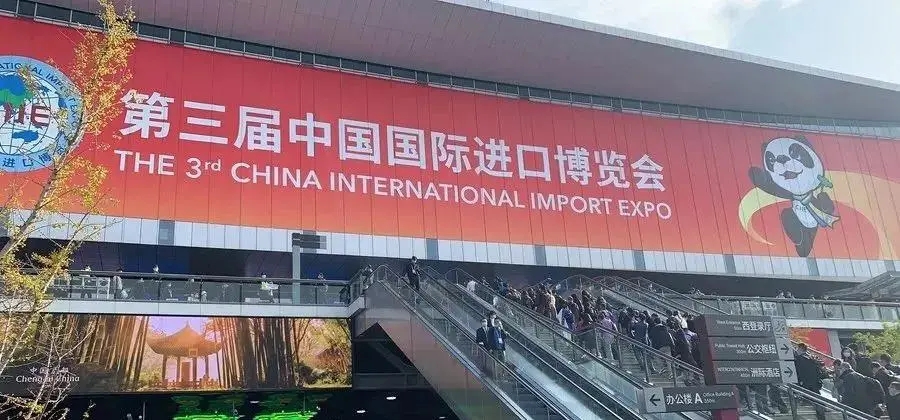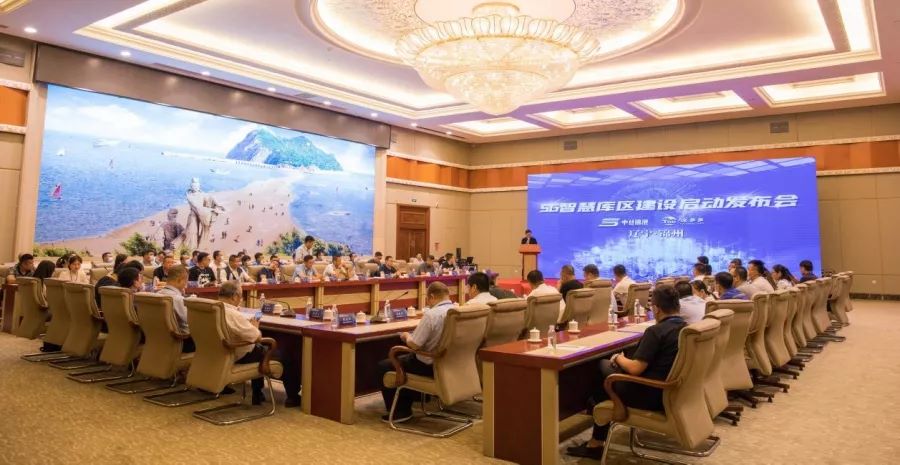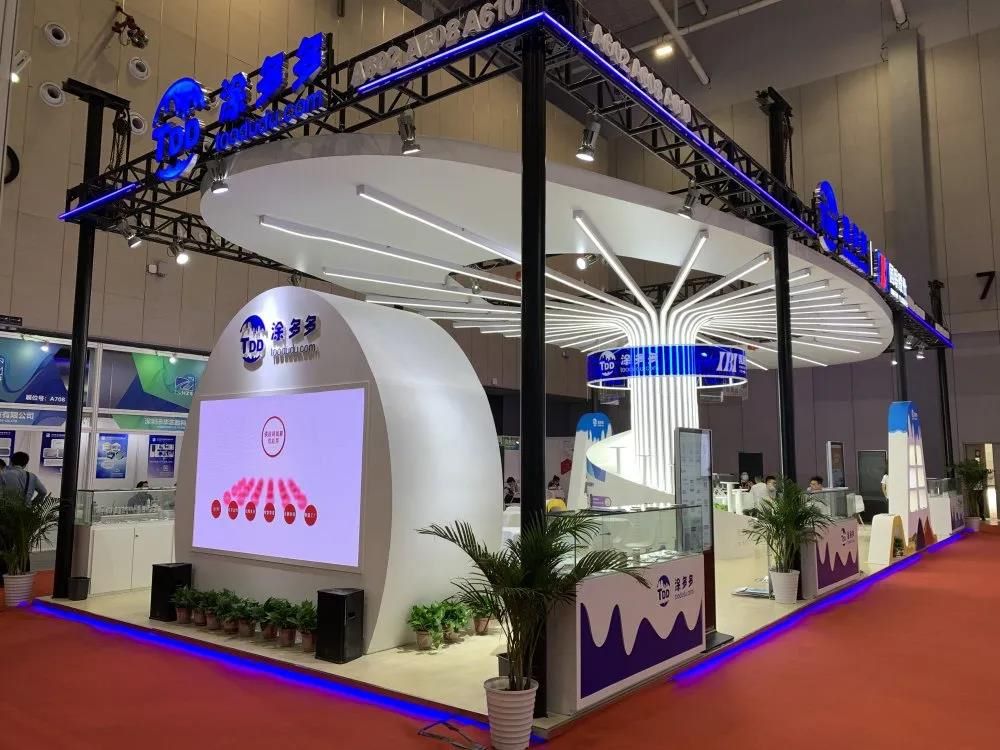New-Energy Tires: Tech Evolution
Under the global wave of automobile electrification, electric vehicles are accelerating their popularity, and the breakthrough in battery life and the expansion of charging facilities are reshaping travel.
As the only contact point between the vehicle and the ground, tires are also facing technological innovation. As traditional fuel vehicles gradually withdraw from the market, new energy tires are opening a new chapter of development with new standards and performance requirements.
However, this change not only occurs in batteries, motors and electronic control systems, but also tires, as the only part of the vehicle that contacts the ground, have ushered in unprecedented technical challenges and performance iterations.
As traditional fuel vehicles gradually withdraw from the market, new energy tires are writing their own chapter of the era with new technical standards and performance dimensions.
The most intuitive difference between electric vehicles and fuel vehicles is first reflected in the curb weight. In order to meet the demand for battery life, electric vehicles are often equipped with large-capacity battery packs, which increases the weight of the vehicle by 15%-30% compared with fuel vehicles of the same level.
Taking Tesla Model Y as an example, its curb weight reaches 2.02 tons, while the average weight of fuel SUVs of the same level is only about 1.6 tons.
This weight difference directly increases the wear pressure of the tires. The rubber formula and carcass structure used in traditional tires are prone to abnormal wear when facing frequent rapid acceleration and deceleration conditions.
What is more noteworthy is that the torque output characteristics of electric vehicles make this problem worse - the peak torque of the motor bursts out instantly, making the shear force of the tires at the starting stage 2-3 times that of fuel vehicles. The life of the tread blocks of ordinary tires will be greatly shortened under this high-frequency impact.
The change in the noise perception dimension is the watershed between new energy tires and traditional tires. In the era of fuel vehicles, the roar of the engine, the vibration of the exhaust system and the operation of the gearbox together constitute the main source of noise in the car.
According to tests by acoustic research institutions, when traditional fuel vehicles are driving at 60km/h, the engine noise contribution accounts for more than 45%, and the tire noise is covered in a complex sound environment.
But in a quiet electric car, without the interference of the engine, the noise generated by the friction between the tire and the ground becomes particularly harsh. When the vehicle speed reaches 80km/h, more than 60% of the noise inside the new energy vehicle comes from the tires.
This noise characteristic not only affects the driving comfort, but also causes auditory fatigue and reduces the safety of long-distance driving.
Technically, new energy tires are undergoing a "silent revolution". The noise reduction method of traditional tires mainly relies on optimizing the arrangement of pattern blocks, while new energy tires innovatively adopt multiple silent technologies on this basis. Some high-end products have built-in polyurethane sponge sound insulation layers.
This sound-absorbing material with a density of only 30kg/m³ can effectively absorb medium and low frequency noise of 100-800Hz and reduce the noise inside the car by 3-5 decibels; in the rubber formula, nano-scale white carbon black and special resin materials are introduced to reduce the friction coefficient between molecules and reduce noise generation from the root.
At the same time, the asymmetric variable pitch pattern design combined with the bionic tread grooves allows the noise waves generated by the tires when rolling to interfere with each other and cancel each other out, achieving a silent effect similar to "active noise reduction headphones".
In addition to being quiet and wear-resistant, new energy tires also need to take into account the seemingly contradictory performance indicators of low rolling resistance and wet grip.
In order to reduce energy consumption and improve endurance, tire companies have reduced the rolling resistance coefficient to below 6.5N/kN by optimizing the carcass structure and rubber formula, which is about 5% energy-saving compared to traditional tires.
However, this puts higher demands on wet grip. Some brands use bionic design to add serrated drainage grooves to the tread to shorten the wet braking distance by more than 10%, ensuring driving safety in extreme weather.
This tire revolution triggered by electric vehicles is essentially a subversion of traditional cognition. When performance such as "quiet", "wear-resistant" and "energy-saving" is no longer a multiple-choice question, but a must-answer question for new energy tires, the entire industry is ushering in an unprecedented period of technological reconstruction.
The tire revolution driven by electric vehicles has subverted traditional cognition. Today, "quiet", "wear-resistant" and "energy-saving" are no longer performance options, but essential standards for new energy tires, pushing the industry into a period of technological reconstruction.
Material innovation, intelligent manufacturing, acoustic fusion and data research and development are all combined to continuously expand the boundaries of tire technology. In the future, as intelligent driving technology becomes more popular, tires, as the "nerve endings" for vehicles to perceive the road, will integrate more intelligent functions and move towards a new era of intelligence.











